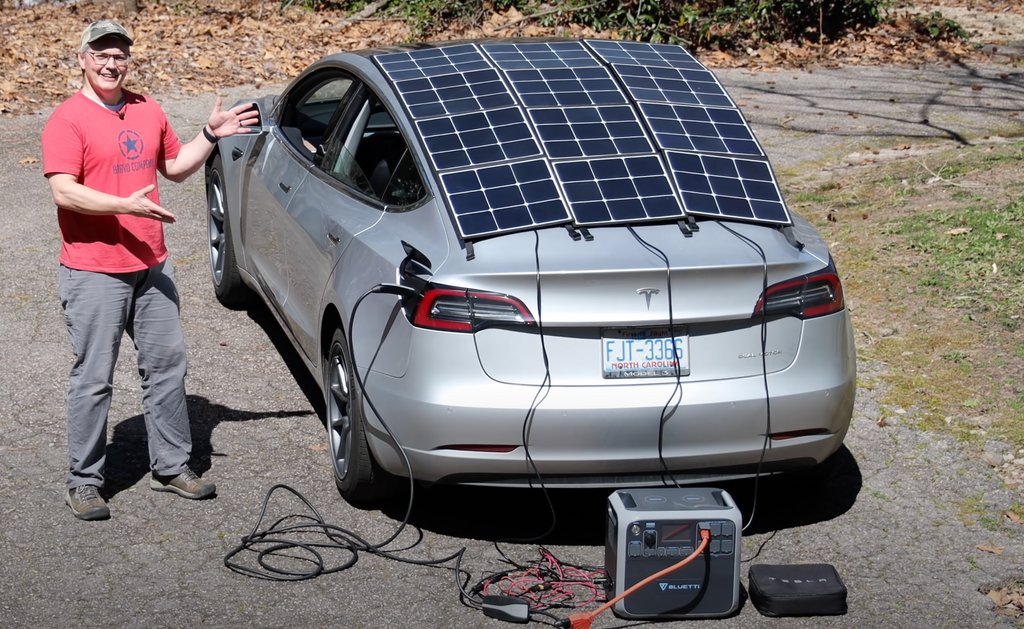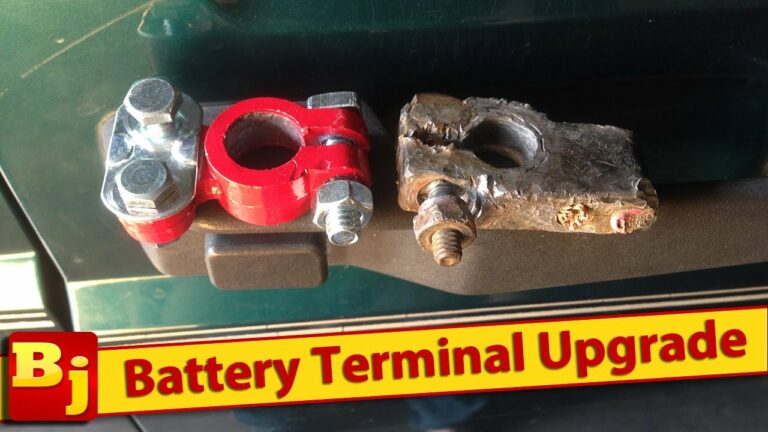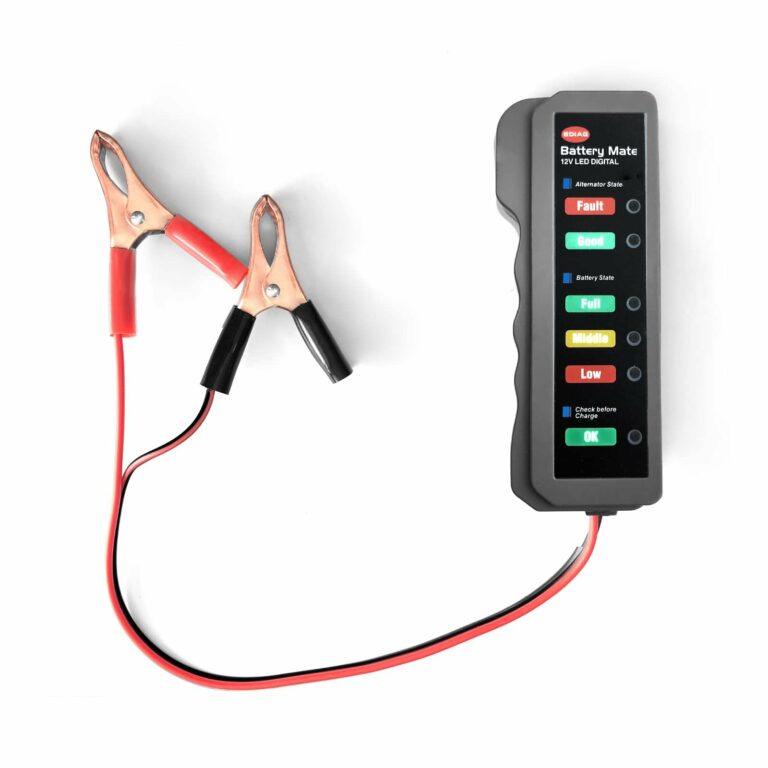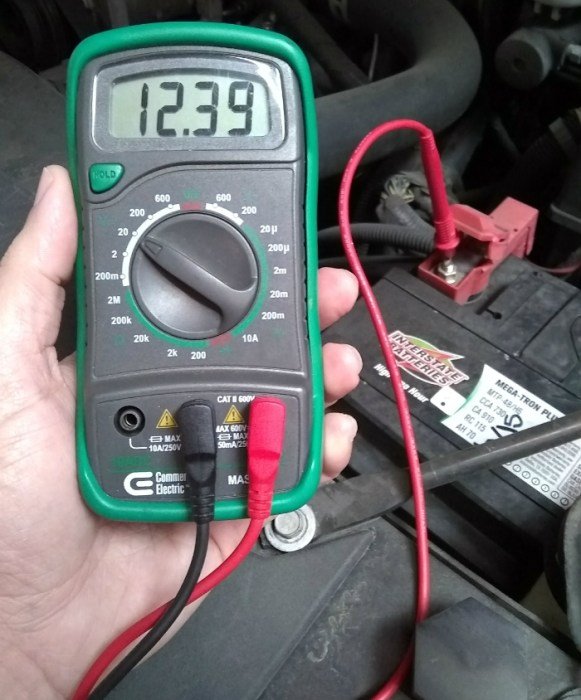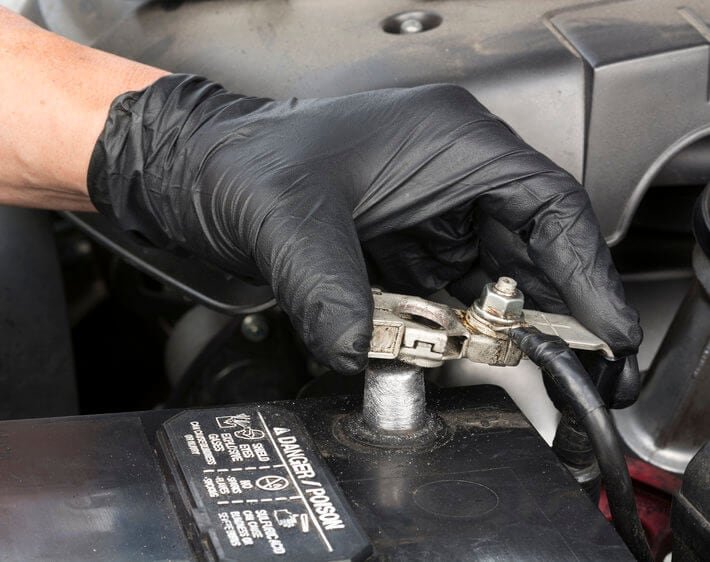Charging A Car Battery With A Portable Solar Panel
Looking to charge your car battery on the go? Look no further! In this article, we will show you how to charge a car battery using a portable solar panel. Whether you’re on a road trip, camping adventure, or simply want to explore sustainable energy options, a portable solar panel can be a convenient and eco-friendly solution. By harnessing the power of the sun, you can avoid the hassle of finding a power source and keep your car battery charged and ready to go whenever you need it. Let’s dive into the steps on how to charge a car battery using a portable solar panel and ensure you’re never left stranded with a dead battery again!
How to Charge a Car Battery Using a Portable Solar Panel?
Introduction
Solar energy has become increasingly popular in recent years as a clean and renewable source of power. One practical application of solar energy is using it to charge car batteries. This method of charging is not only environmentally friendly but also convenient, especially in remote locations where access to electricity may be limited. In this article, we will provide you with a step-by-step guide on how to effectively charge your car battery using a portable solar panel.
Section 1: Understanding Portable Solar Panels
1.1 What is a Portable Solar Panel?
A portable solar panel is a compact device that converts sunlight into electrical energy. It consists of photovoltaic cells that capture the sun’s rays and convert them into usable electricity. Portable solar panels are designed to be lightweight and easy to transport, making them ideal for outdoor activities such as camping or charging car batteries on the go.
1.2 How Does a Portable Solar Panel Work?
When sunlight hits the photovoltaic cells of a portable solar panel, it creates an electric current through the photovoltaic effect. This current is then transferred to a charge controller, which regulates the flow of electricity and prevents overcharging. The charge controller is connected to the car battery, allowing the electricity generated by the solar panel to charge the battery.
Section 2: Assessing Your Car Battery and Power Requirements
2.1 Checking Your Car Battery’s Condition
Before attempting to charge your car battery with a portable solar panel, it is essential to assess the battery’s condition. Here’s what you need to consider:
- Check for any physical damage or corrosion on the battery terminals.
- Measure the battery’s voltage using a multimeter. A fully charged battery should read around 12.6 volts.
- If the voltage is significantly lower, the battery may require a proper recharge or replacement.
2.2 Determining Your Power Requirements
To ensure effective charging, it is crucial to know your car battery’s capacity and the power requirements of your electronic devices. Here’s how you can determine your power requirements:
- Refer to your car battery’s user manual or look for the “Cold Cranking Amps” (CCA) rating. This rating indicates the battery’s capacity to deliver power in colder temperatures.
- Make a list of the electronic devices you plan to charge and note their power consumption in watts. Typically, car accessories such as smartphones or portable coolers require minimal power.
- Add up the power consumption of all your devices to get an estimate of the total power required.
Section 3: Choosing the Right Portable Solar Panel
3.1 Assessing Solar Panel Output
When selecting a portable solar panel, it’s important to consider its output power. Here are a few factors to keep in mind:
- Check the solar panel’s wattage rating. Higher wattage means more power generated, which translates to faster charging times.
- Consider the size and portability of the solar panel. Choose one that suits your needs and can be easily transported.
- Look for additional features such as built-in USB ports or a foldable design for added convenience.
3.2 Understanding Solar Panel Efficiency
Solar panel efficiency refers to the ability of the panel to convert sunlight into electricity. Higher efficiency panels can generate more power using the same amount of sunlight. Consider the following points when evaluating solar panel efficiency:
- Check the solar panel’s efficiency rating, which is usually expressed as a percentage. Higher efficiency panels can maximize the charging potential of limited sunlight.
- Consider the angle and direction of the sunlight. Tilting the solar panel towards the sun can optimize its efficiency.
Section 4: Charging Your Car Battery with a Portable Solar Panel
4.1 Setting Up the Portable Solar Panel
Once you have selected the right portable solar panel for your needs, it’s time to set it up for charging. Here’s what you should do:
- Find a sunny location where you can place the solar panel, ensuring it receives maximum sunlight exposure.
- Position the solar panel at an angle to capture the most sunlight. Adjust the tilt if necessary.
- Connect the portable solar panel to the charge controller using the provided cables.
4.2 Connecting the Charge Controller to Your Car Battery
To effectively charge your car battery, you need to connect the charge controller to the battery. Here’s how to do it:
- Identify the positive (+) and negative (-) terminals of your car battery.
- Connect the appropriate cables from the charge controller to the battery terminals, ensuring the polarity is correct.
- Double-check the connections to make sure they are secure and properly attached.
Section 5: Monitoring and Maintaining Your Charging System
5.1 Monitoring Battery Charging
While your car battery charges using a portable solar panel, it’s essential to monitor the process. Here are a few tips:
- Check the charge controller’s display if it has one. It will provide information on the charging status and battery voltage.
- Use a multimeter to measure the battery voltage periodically. This will help you determine if the battery is charging correctly.
- If you notice any issues or a slow charging rate, reposition the solar panel to maximize sunlight exposure.
5.2 Maintaining Your Charging System
To ensure the longevity of your charging system and maximize its efficiency, consider the following maintenance tips:
- Regularly clean the solar panel to remove any dirt or debris that may hinder sunlight absorption.
- Inspect the cables and connectors for any signs of damage or wear. Replace them if necessary.
- Store the portable solar panel and its components in a safe and dry place when not in use.
Section 6: Safety Precautions
6.1 Handling and Storage of Portable Solar Panels
While portable solar panels are generally safe to use, it is important to follow some safety precautions:
- Avoid dropping or mishandling the solar panel to prevent damage to the delicate photovoltaic cells.
- Store the solar panel in a secure place where it won’t be exposed to extreme temperatures or physical damage.
- Keep the solar panel away from water or other liquids that could cause a short circuit.
6.2 Battery Charging Safety Measures
Charging car batteries with a portable solar panel involves handling electrical components. Follow these safety measures to avoid accidents:
- Wear protective gloves and safety glasses when working with the battery and solar panel.
- Ensure proper polarity when connecting the cables to the battery to prevent short circuits.
- Avoid overcharging the battery by monitoring the voltage and using a charge controller.
Section 7: Advantages of Charging a Car Battery with a Portable Solar Panel
7.1 Environmentally Friendly
Charging your car battery with a portable solar panel is an eco-friendly option. It reduces reliance on fossil fuels and decreases greenhouse gas emissions associated with traditional electricity generation.
7.2 Cost-Efficient
Using solar energy as a power source can save you money in the long run. Once you have invested in a portable solar panel, it can provide free and renewable energy, eliminating the need to purchase electricity or fuel to charge your car battery.
7.3 Convenience and Portability
Portable solar panels are designed for easy transportation, allowing you to charge your car battery anywhere with access to sunlight. This makes it a convenient option for camping trips, road trips, or emergency situations.
Section 8: Conclusion
Charging a car battery with a portable solar panel is an excellent way to harness the power of the sun while reducing your carbon footprint. By following the steps outlined in this guide and considering the safety precautions, you can effectively charge your car battery using a portable solar panel. Embrace the benefits of solar energy and enjoy a more sustainable and convenient charging solution for your car battery.
Charging a Car Battery with a Solar Panel and Charge Controller
Frequently Asked Questions
Question: How do I charge a car battery using a portable solar panel?
Answer: Charging a car battery with a portable solar panel is a straightforward process. Here’s how you can do it:
Question: What type of portable solar panel do I need to charge a car battery?
Answer: To charge a car battery using a portable solar panel, you’ll need a solar panel capable of producing enough power to meet your battery’s charging requirements. It’s recommended to use a panel with a wattage rating of at least 15-20 watts to ensure sufficient charging capability.
Question: How do I connect the portable solar panel to my car battery?
Answer: First, ensure that both the solar panel and the car battery are in a safe and secure location. Connect the positive terminal of the solar panel to the positive terminal of the car battery using appropriate cables or clamps. Similarly, connect the negative terminal of the solar panel to the negative terminal of the battery.
Question: Can I charge a car battery using a portable solar panel on a cloudy day?
Answer: While solar panels perform best under direct sunlight, they can still generate power on cloudy days. However, the charging efficiency may be reduced. It’s still possible to charge a car battery using a portable solar panel on a cloudy day, but it might take longer compared to a sunny day.
Question: How long does it take to fully charge a car battery using a portable solar panel?
Answer: The charging time of a car battery using a portable solar panel depends on various factors, such as the wattage of the solar panel, the battery’s current charge level, and the weather conditions. On average, it can take anywhere from a few hours to a full day to fully charge a car battery using a portable solar panel.
Question: Are there any precautions I should take while charging a car battery with a portable solar panel?
Answer: Yes, there are a few precautions to keep in mind. Ensure that the solar panel and battery are securely connected and the cables are not damaged. Avoid connecting the solar panel to the battery while the engine is running. Additionally, always refer to the manufacturer’s instructions and guidelines for the solar panel and car battery to ensure safe and proper charging.
Final Thoughts
In conclusion, learning how to charge a car battery using a portable solar panel is a practical and environmentally friendly solution. By harnessing the power of the sun, car owners can easily and conveniently recharge their batteries, even when they are off the grid. This method eliminates the need for traditional charging methods and reduces reliance on fossil fuels. With the increasing availability and affordability of portable solar panels, it is now easier than ever to maintain the battery of your car using sustainable energy. Embracing this technology is a step towards a greener future.
